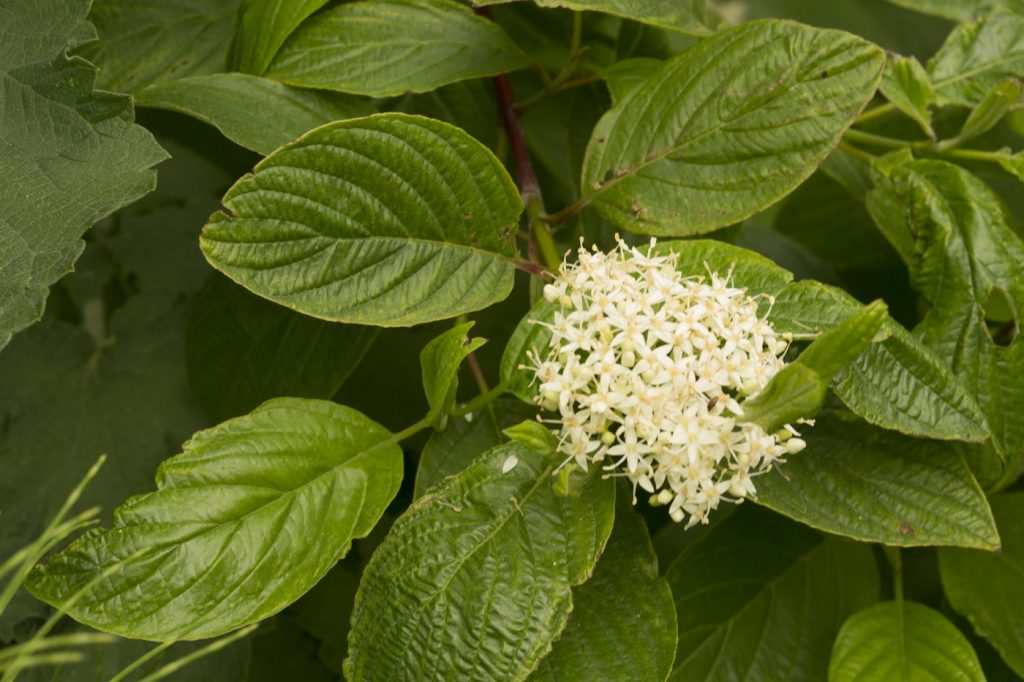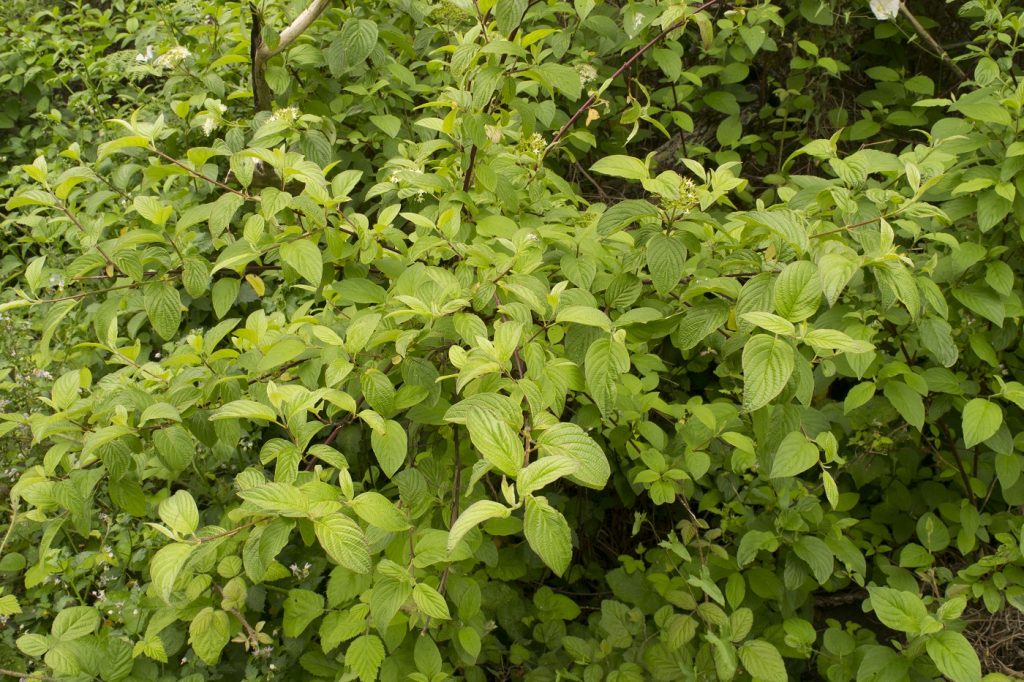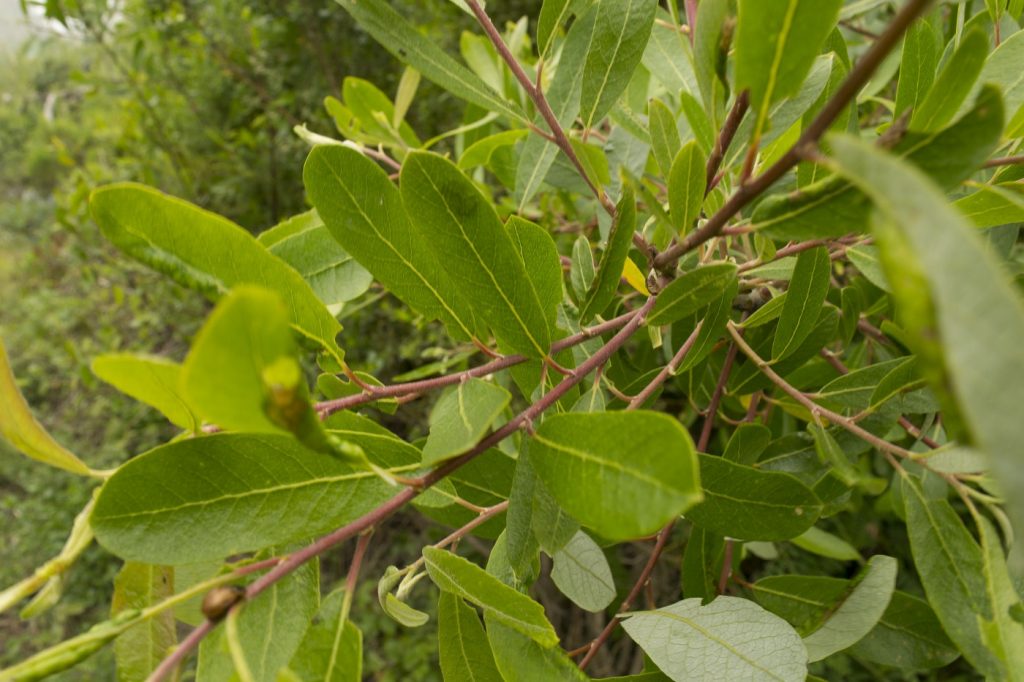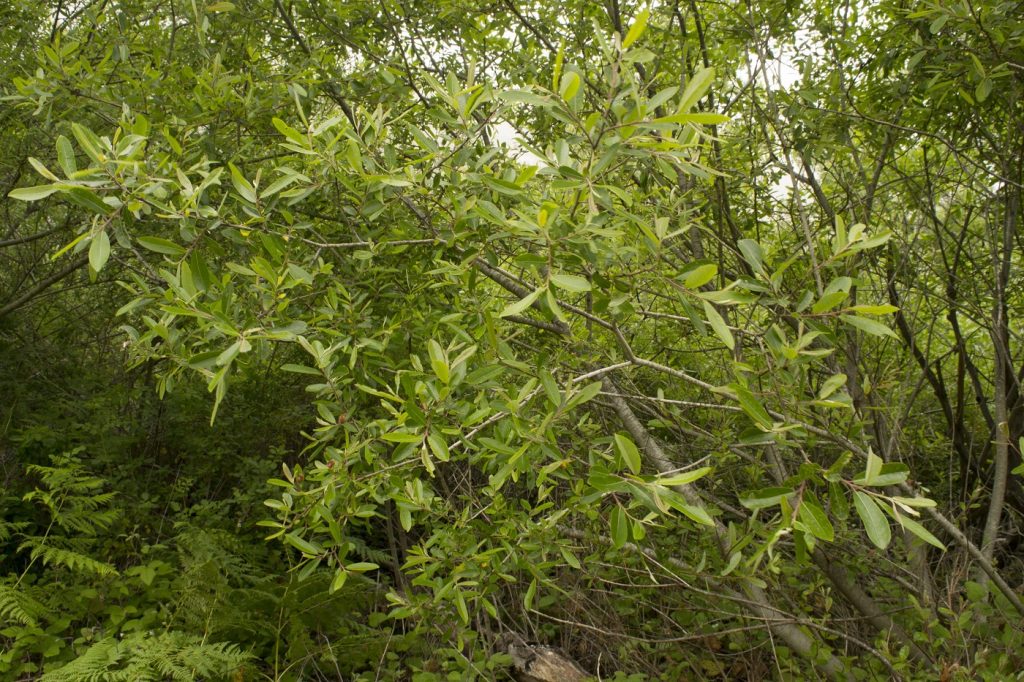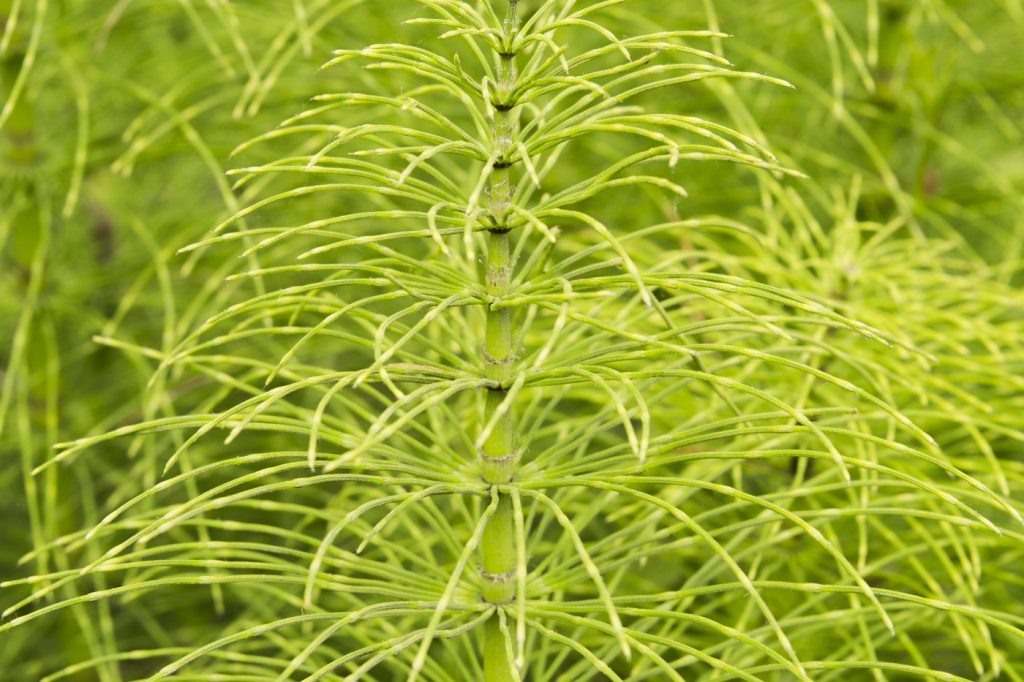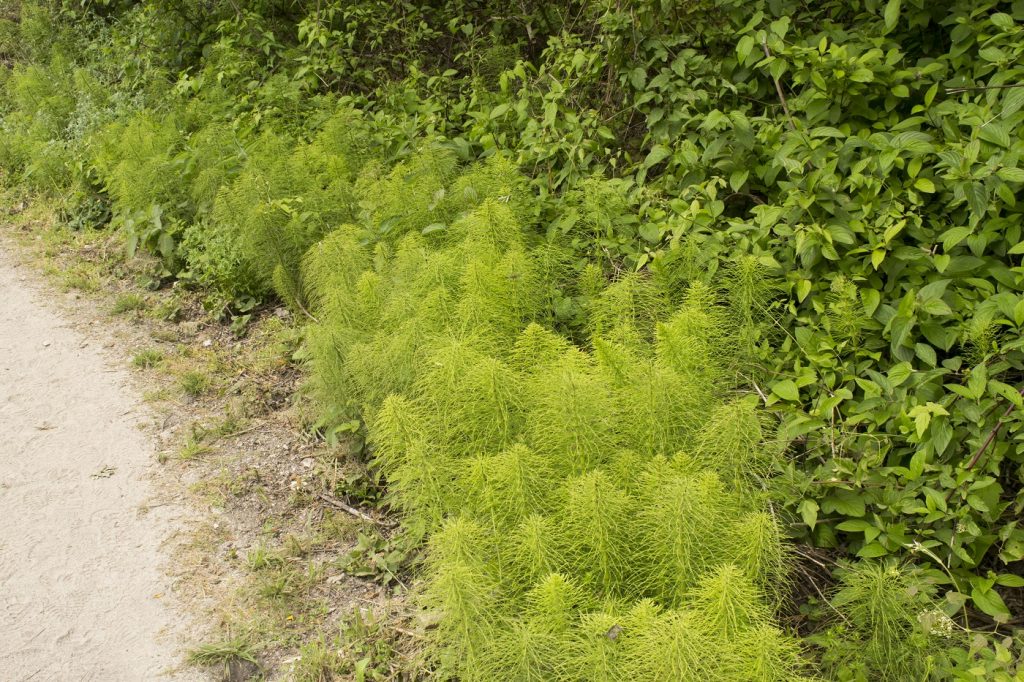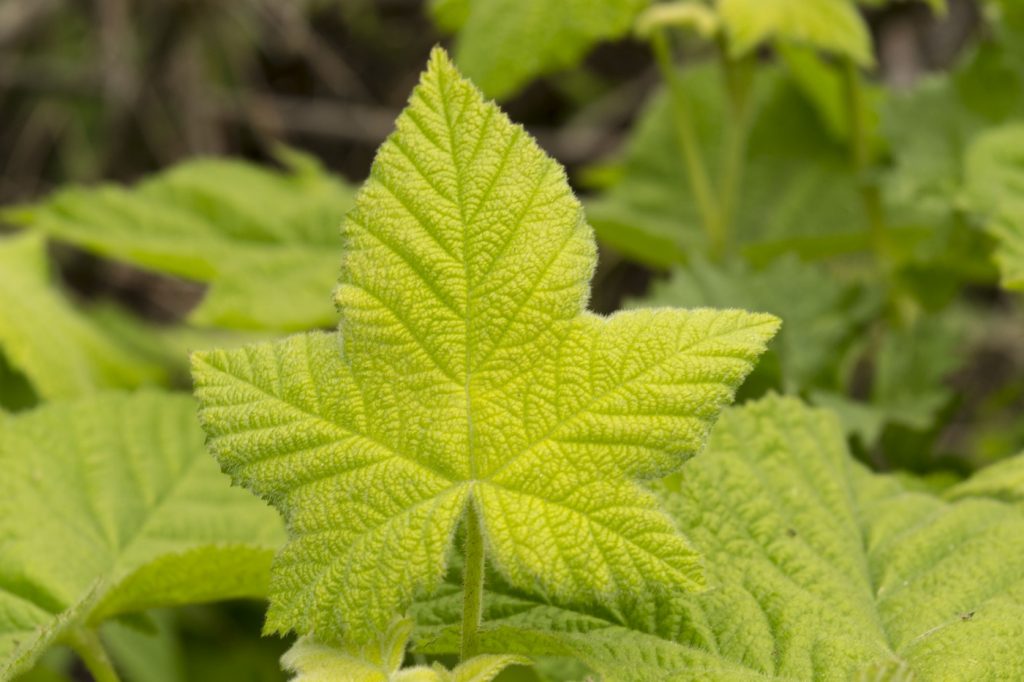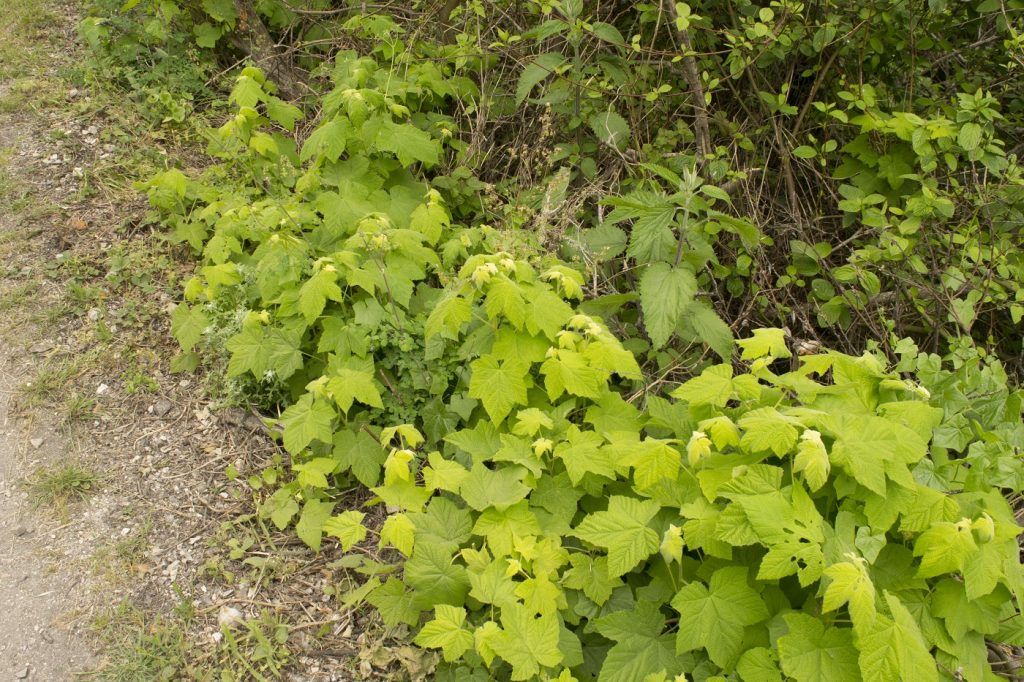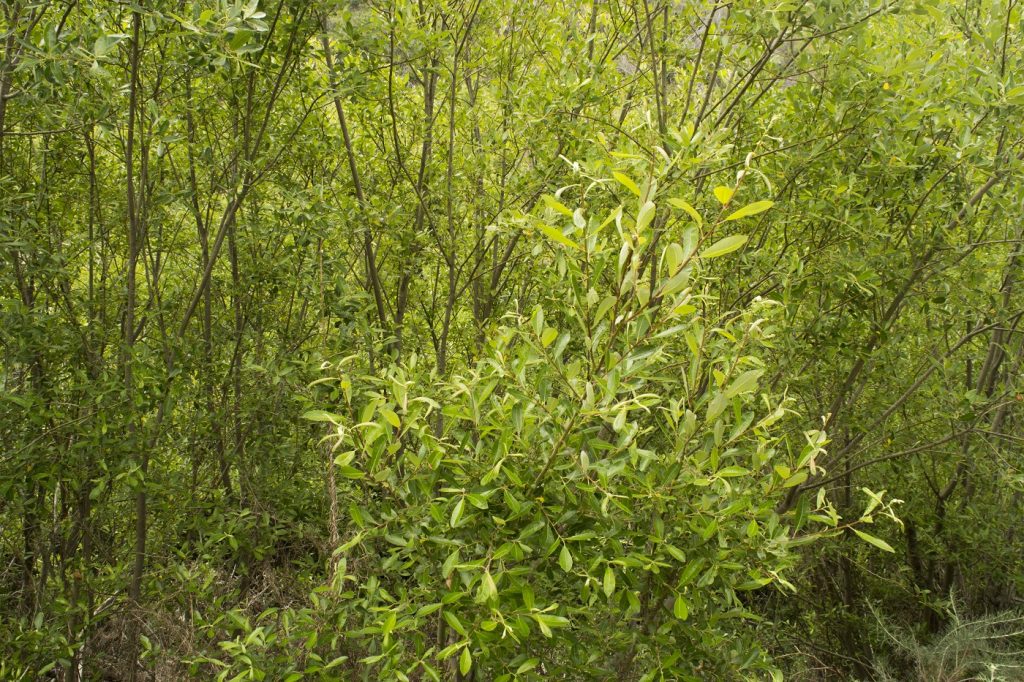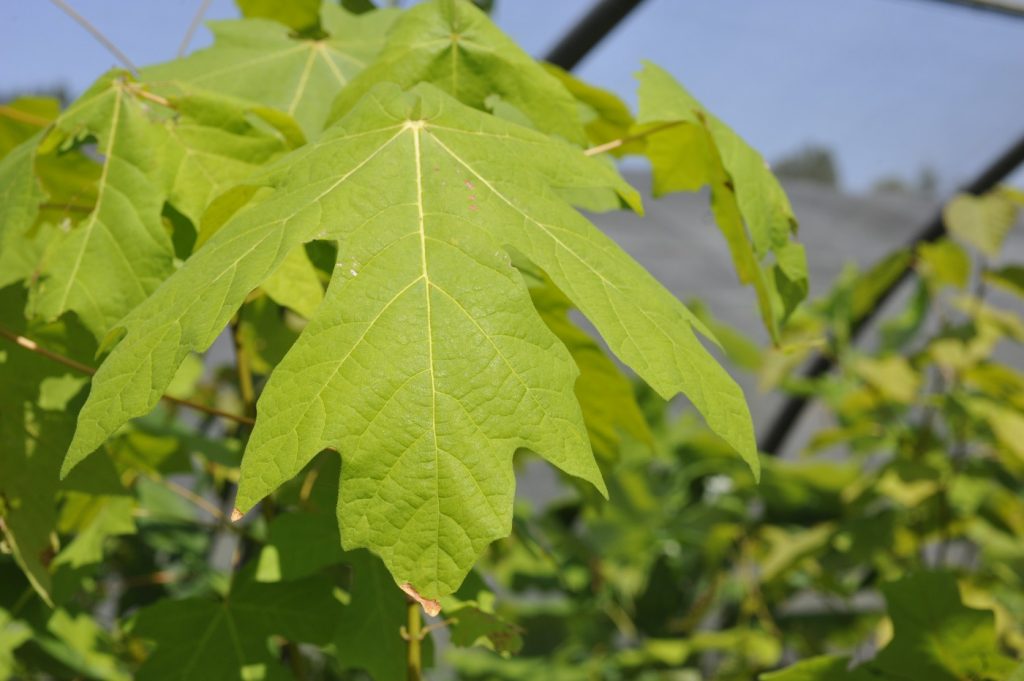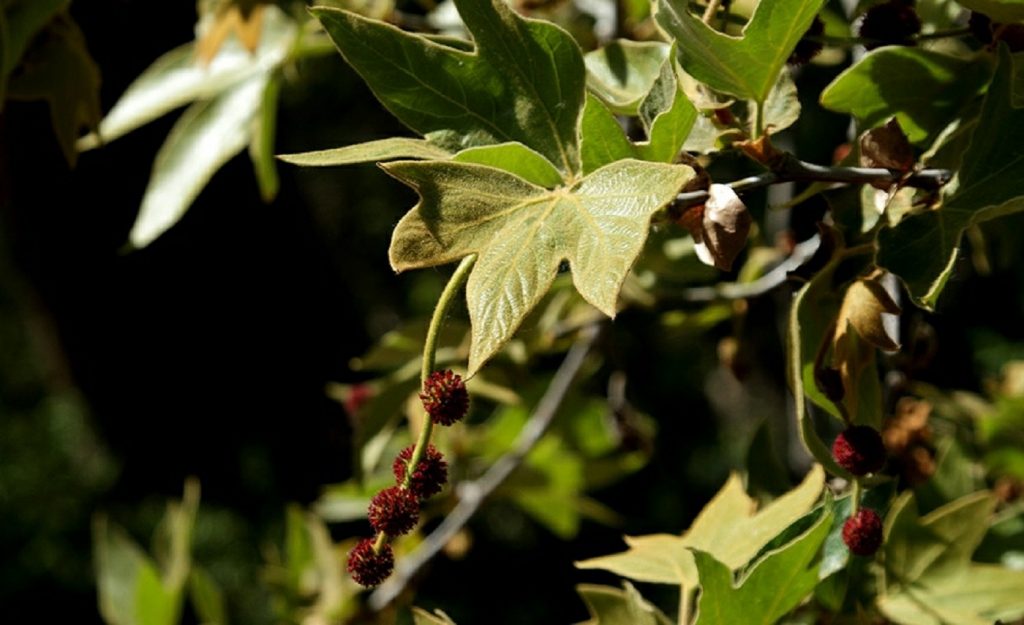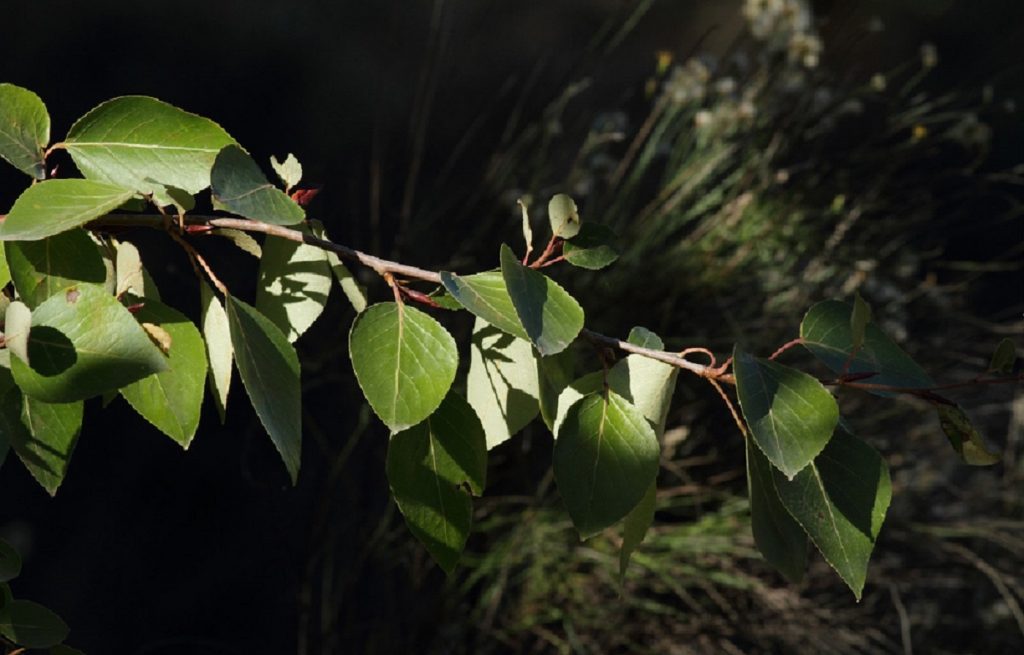This series of native plant blog posts has explored the different plants found throughout the Morro Bay watershed. A watershed is an area where freshwater creeks and streams flow from higher ground down towards the ocean.
Riparian zone plants reach deep when streams run dry
In the Morro Bay Watershed, some creeks and streams flow year round, and some don’t. Even though they’re not full of water, dry creek beds are still bordered by vegetation. This is due to the presence of groundwater, which is water that exists beneath Earth’s surface in soil pore spaces (the space between soil particles). Plants that can reach groundwater with their deep root systems are called phreatophytes.
The plants that grow on river, creek, and stream beds make up riparian plant communities. Not sure what a plant community is? Take a look at our introductory post to the Morro Bay Native Plant Series, an exploration of our watershed’s diverse native flora!
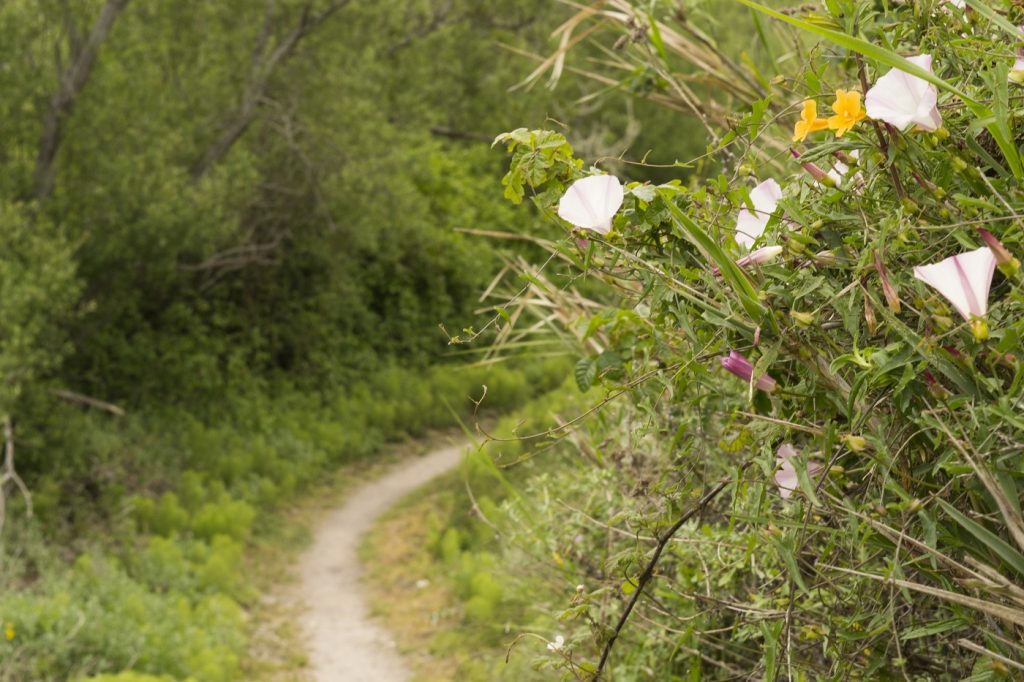
The word riparian is derived from the Latin word ripa, which means river bank. Riparian zones, the areas in which riparian plant communities occur, are important buffers between land and a creek or stream. Riparian vegetation stabilizes banks and protects aquatic environments from polluted surface runoff and erosion. This plant community also provides habitat and food for wildlife.
Riparian plants in and around the Morro Bay watershed
Creek dogwood (Cornus sericea) is a common riparian shrub that is found in and around our watershed.
Red willow (Salix laevigata) commonly grows along creeks and stabilizes the banks.
Giant horsetail (Equisetum telmateia spp. braunii) is a fern that also grows along stream banks.
Thimbleberry (Rubus parviflorus) is a soft, velvety plant that is often found near creeks and streams.
Even if surface water isn’t directly close by, you can tell that subterranean water is present when you see these phreatophytes.
Arroyo willow (Salix lasiolepis) is a typical phreatophyte found in our watershed. Arroyo willow stems are usually yellow to green, whereas the red willow stems are red. The tips of the leaves (known as apices or apexes) also differ between these two plants. Arroyo willows have a rounded apex, whereas red willows have a pointed apex.
Big leaf maple (Acer macrophyllum) is another common phreatophyte. Photograph courtesy of Megan Hansen via Flickr Creative Commons license.
California sycamore (Platanus racemosa) is often confused with big leaf maples, but sycamore leaves are much more tomentose, or hairy, than big leaf maples. Photograph courtesy of Nature Shutterbug via Flickr Creative Commons license.
Black cottonwood (Populus trichocarpa) is a tree commonly found in riparian zones. Photograph courtesy of Nature Shutterbug via Flickr Creative Commons license.
According to the U.S. Forest Service, the riparian plant communities in California today cover only 4% of the area they covered during the mid-19th century. In our watershed, riparian plant communities are often closely associated with other communities such as oak woodland and coastal scrub.
Take a stroll through the Los Osos Oaks reserve to revisit our coast live oaks and also see the sycamores and cottonwoods that grow near the creek bed. Los Osos creek may not flow during certain times of year, but the presence of our phreatophytes tell us that groundwater is still present.
Native plant resources
To find out more about the native plants described in these blog posts, the Trees and Shrubs of California guidebook and the Calflora website are excellent sources of information. Our next and final Native Plants blog post will explore the plant communities that grow in the Morro Bay estuary!
Help us protect and restore the Morro Bay estuary
- Donate to the Estuary Program today and support our work in the field, the lab, and beyond.
The Estuary Program is a 501(c)3 nonprofit. We depend on funding from grants and generous donors to continue our work. - Support us by purchasing estuary-themed gear from ESTERO. This locally owned and operated company donates 20% of proceeds from its Estuary clothing line and 100% of Estuary decal proceeds to the Estuary Program. Thank you, ESTERO!
- Purchase items from the the Estuary Program’s store on Zazzle. Zazzle prints and ships your items, and the Estuary Program receives 10% of the proceeds. Choose from mugs, hats, t-shirts, and even fanny packs (they’re back!) with our fun Estuary Octopus design, our classic Estuary Program logo, or our Mutts for the Bay logo.
